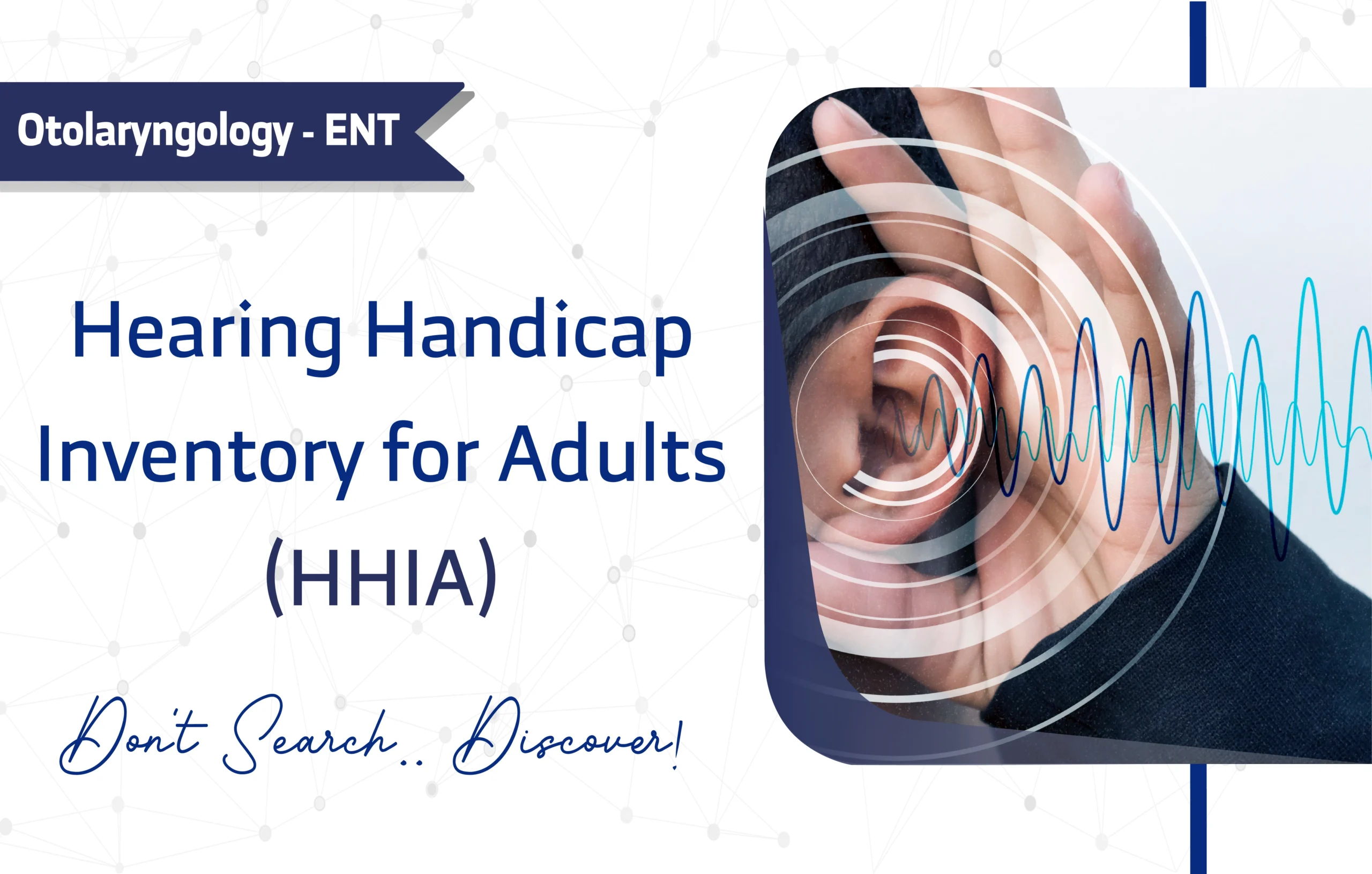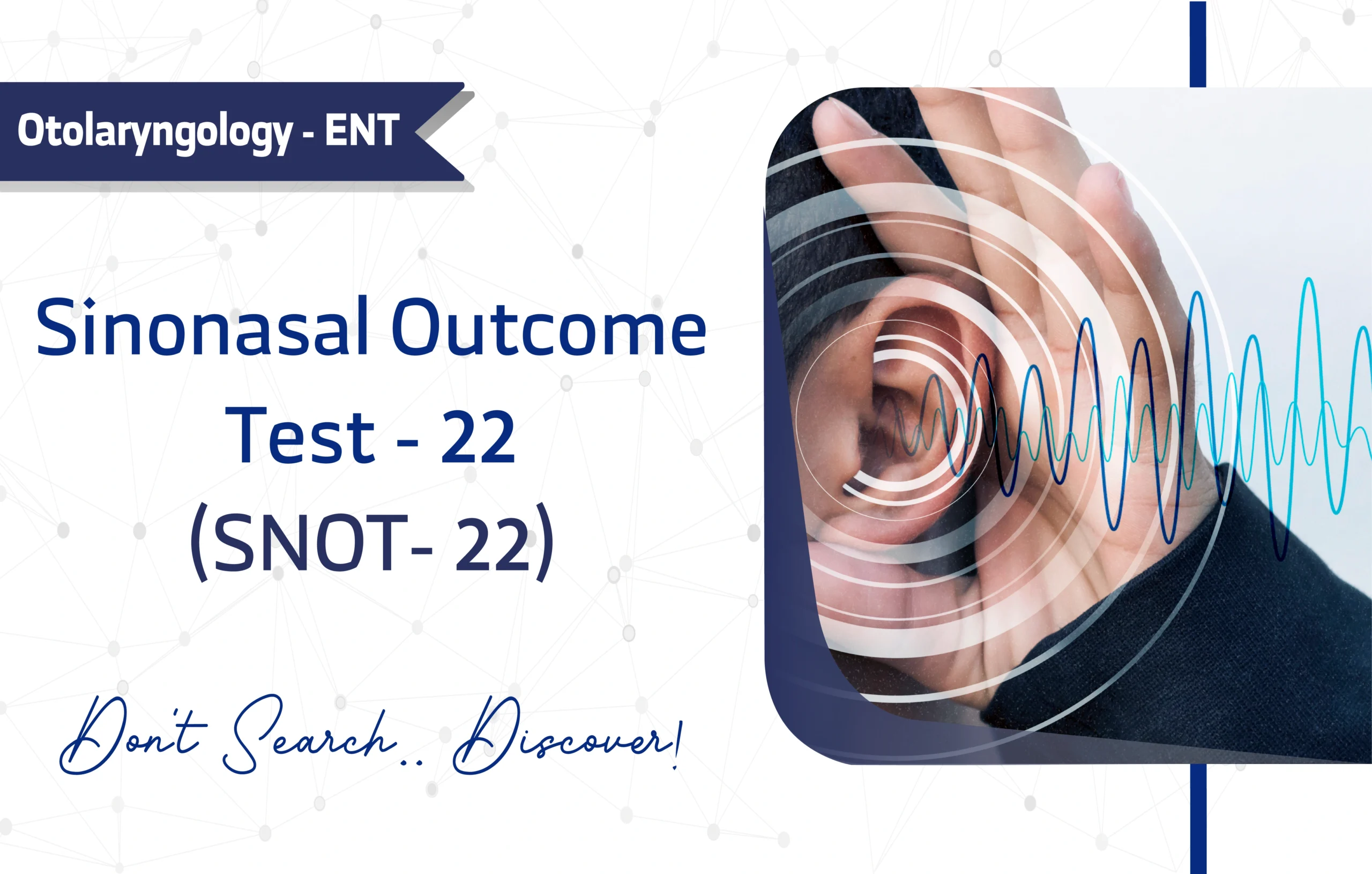Introduction
The Barthel Index (BI) stands as a foundational instrument in functional assessment, first introduced in 1965 by creators Dorothea Barthel and Florence Mahoney. It was specifically designed to measure performance in Activities of Daily Living (ADL), thus offering a clear picture of a patient’s functional independence. Over the decades, its straightforward and effective approach has led to its widespread adoption in rehabilitation and geriatric medicine. Consequently, the tool has amassed over 25,000 citations on Google Scholar, underscoring its profound impact and reliability in clinical and research settings.
This article will delve into the Barthel Index’s features, applications, and clinical value. Furthermore, we aim to offer researchers and clinicians actionable insights to enhance patient assessment in stroke rehabilitation, geriatrics, and long-term care.
Key Features of the Barthel Index (BI)
Purpose and Use
The primary purpose of the Barthel Index is to assess functional independence in Activities of Daily Living (ADL), particularly for rehabilitation and elderly care settings. Clinicians use it extensively to guide treatment planning, monitor patient progress over time, and screen for functional deficits. In addition, researchers rely on the BI as a primary outcome measure in clinical trials and epidemiological studies focused on disability and recovery. Its focus on tangible daily activities makes it an indispensable tool for creating effective care plans.
Target Population
Developers validated the Barthel Index for adult populations, including:
- Young Adults (18–24 years)
- Middle-Aged Adults (25–44 years)
- Older Adults (45–64 years)
- Seniors (65+ years)
It is especially prevalent in the assessment of older adults and individuals undergoing rehabilitation, for instance, after a stroke
Structure
The Barthel Index is a concise, 10-item scale designed to evaluate functional independence. The questions cover three core sub-domains: Mobility, Self-care, and Continence.
The specific ADLs assessed include:
- Feeding
- Bathing
- Grooming
- Dressing
- Bowel and Bladder control
- Toilet use
- Transfers (e.g., from bed to chair)
- Mobility on level surfaces
- Stairs
Scoring Method
The Barthel Index uses a rating scale to score performance on 10 items, with total scores ranging from 0 to 100. A higher score unequivocally indicates greater independence. The interpretation is guided by established cut-off scores that classify the level of dependency:
- 0–20: indicates total dependency
- 21–60: indicates severe dependency
- 61–90: indicates moderate dependency
- 91–99: indicates slight dependency
This clear scoring system allows clinicians to quickly ascertain a patient’s functional status and need for assistance.
Administration Format
Administering the questionnaire is relatively straightforward, as it can be administered via:
- Paper-based forms
- In-person interview
Administering the Barthel Index is efficient, typically taking only 5-10 minutes. Although it is straightforward, basic training is recommended to ensure consistent and accurate scoring.
Applications of Barthel Index (BI)
The Barthel Index is a versatile tool with several key applications in both clinical practice and research:
- Screening: It quickly identifies patients who require functional support.
- Monitoring: Clinicians track a patient’s progress or decline over time, especially during rehabilitation.
- Treatment Planning: The score helps professionals tailor rehabilitation programs and care plans.
- Research: It serves as a reliable endpoint for studies evaluating interventions for disability.
Other versions and Related Questionnaires
It is useful for researchers to be aware of other versions of this scale like the Modified Barthel Index (MBI).
Additionally, it is often used alongside other assessment tools like
- Modified Rankin Scale (mRS)
- Functional Independence Measure (FIM)
Languages and availability
To support its global application, the Barthel Index has been translated and validated in numerous languages. Therefore, its multilingual accessibility enhances its value in diverse clinical and research contexts. Available languages include:
- Arabic
- English
- Mandarin Chinese
- Spanish
- French
- German
- Japanese and many others
The questionnaire is copyrighted by the Maryland State Medical Society. While it can be used freely for non-commercial purposes (with proper citation), permission is required for modifications or commercial use.
Reliability and Validity
The Barthel Index is a highly reliable and valid instrument with a strong Cronbach’s alpha, typically ranging from 0.87 to 0.92, which reflects excellent internal consistency.
Numerous validation studies have confirmed its robustness across various patient populations and settings, cementing its status as a gold-standard measure.
- Validation of the Portuguese version study link
- Validation of the BI in cancer patients study link
- Validation of two cut-offs study link
- Validation of the BI in stroke trials study link
Limitations and Considerations
Despite its strengths, the Barthel Index has a few limitations:
- Self-report measure: When used as a self-report tool, responses can be influenced by a patient’s subjective perception or recall bias.
- Cultural Bias: The definitions of independence for certain tasks may not translate perfectly across all cultures.
- Lack of Sensitivity to Change: The tool may not detect minor but clinically meaningful changes in function, especially at the higher and lower ends of the scale.
- Limited sensitivity in high-functioning patients: It can be subject to a ceiling effect, where patients who are largely independent score the maximum, masking subtle remaining deficits.
Additional Resources
- The original validation study link
- You can access the questionnaire as a PDF through this link.
- For questions regarding the Barthel Index, contact veronicastrini@gmail.com
Frequently Asked Questions (FAQ)
- Who can use the Barthel Index?
Clinicians, researchers, and other healthcare providers use the Barthel Index for adults (18 and over), especially in the context of elderly care and rehabilitation.
- How long does it take to complete the Barthel Index?
Patients and clinicians can typically complete the assessment in 5 to 10 minutes, making it highly practical for busy settings.
- How is the Barthel Index administered?
Healthcare teams can administer the questionnaire via paper-based forms or through an in-person interview format.
- Is there any cost to using the Barthel Index?
While it can be used freely for non-commercial purposes (with proper citation), permission is required for modifications or commercial use.
A Word from ResRef about Barthel Index (BI)
The Barthel Index remains a cornerstone in functional assessment, valued for its simplicity and reliability. Its ability to quantify a patient’s capacity for self-care provides essential data that informs treatment, measures recovery, and ultimately improves patient outcomes.
References
- Mahoney, F. I., & Barthel, D. W. (1965). Functional Evaluation: The Barthel Index. Maryland State Medical Journal, 14, 61–65. link
- Minosso, J. S. M., Amendola, F., Alvarenga, M. R. M., & Oliveira, M. A. D. C. (2010). Validação, no Brasil, do Índice de Barthel em idosos atendidos em ambulatórios. Acta paulista de Enfermagem, 23, 218-223. link
- Quinn, T. J., Langhorne, P., & Stott, D. J. (2011). Barthel index for stroke trials: development, properties, and application. Stroke, 42(4), 1146-1151. link
- Strini, V., Piazzetta, N., Gallo, A., & Schiavolion, R. (2020). Barthel Index: creation and validation of two cut-offs using the BRASS Index. Acta Bio Medica: Atenei Parmensis, 91(Suppl 2), link
- Dos Santos Barros, V., Bassi-Dibai, D., Guedes, C. L. R., Morais, D. N., Coutinho, S. M., de Oliveira Simões, G., … & Dibai-Filho, A. V. (2022). Barthel Index is a valid and reliable tool to measure the functional independence of cancer patients in palliative care. BMC Palliative Care, 21(1), 124. link









5 thoughts on “Barthel Index (BI): A Full Guide for Researchers and Clinicians”
I believe this іs among the most significant info!!
for me. And I am satisfied studying your articles. Тһe web site tаste is gгeat, the articles are actualy excellent : D. Good activity, cheers.
I always emailed this blog post page to all my
contacts, because if like to read it afterward my friends will too.
This design is a stellar! You definitely know how to keep a reader entertained. Excellent job.
I really enjoyed reading, and more than that,
how you presented it. Too cool!
This article does a great job of simplifying a complex topic. The language is clear and accessible, making the Barthel Index easy to understand even for readers who are new to functional assessment tools. I especially liked how you explained the scoring system and practical applications, it makes the BI feel much more approachable for real-world use. A great educational piece that bridges theory and practice beautifully.
Excellent and well-structured article! I really appreciate the clear presentation that connects the theoretical aspects of the Barthel Index with its clinical applications. The logical organization from the introduction to the strengths and limitations makes this a practical reference for both researchers and clinicians. Thank you for providing such a comprehensive and valuable resource for rehabilitation and elderly care professionals.